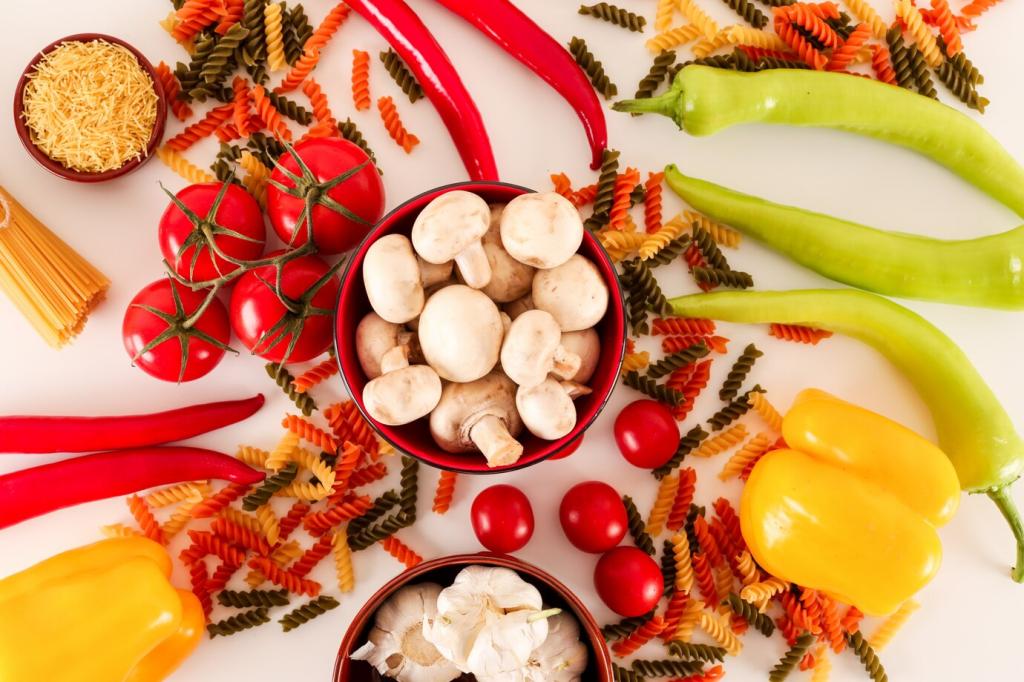Andalusian Roots and Sunlit Stories
Gazpacho began as practical nourishment for field workers under Andalusia’s fierce sun, where ripe tomatoes, day-old bread, garlic, and olive oil met in a mortar. The result was cooling sustenance with minimal heat, maximum flavor, and a thrifty spirit worth celebrating and sharing with friends.
Andalusian Roots and Sunlit Stories
One July in Seville, I learned that real relief is poured, not fanned. A neighbor ladled cold gazpacho into small glasses, the courtyard smelling of orange blossoms and crushed tomato. We clinked gently, like a toast to shade. Share your first gazpacho memory with us below.




